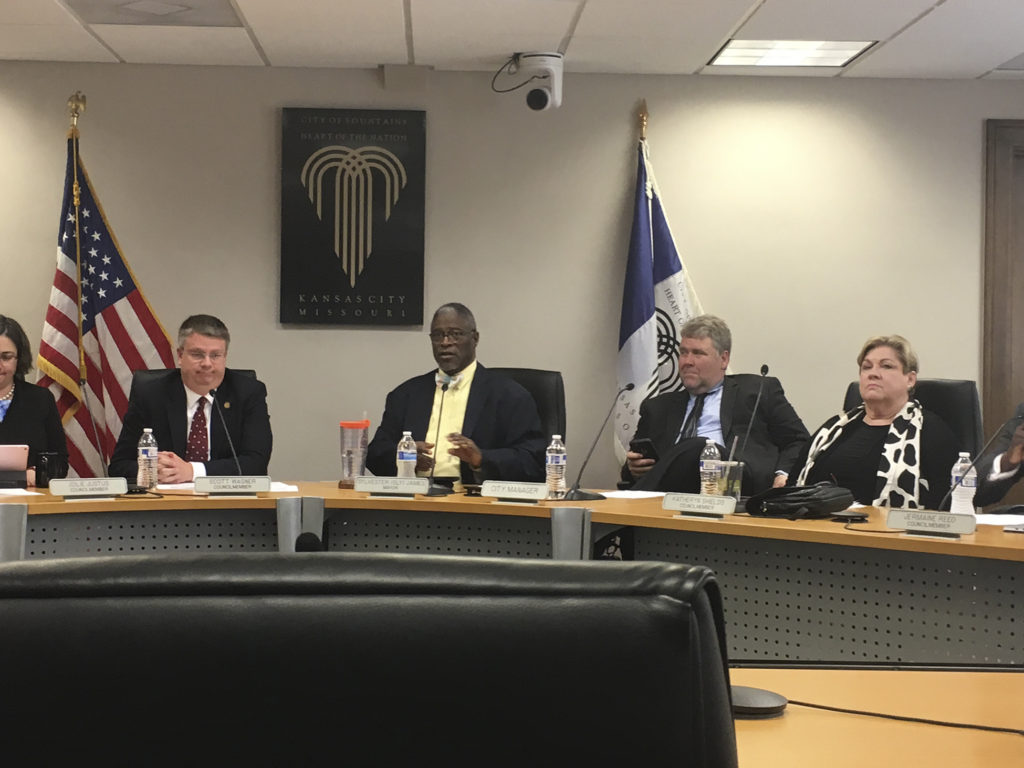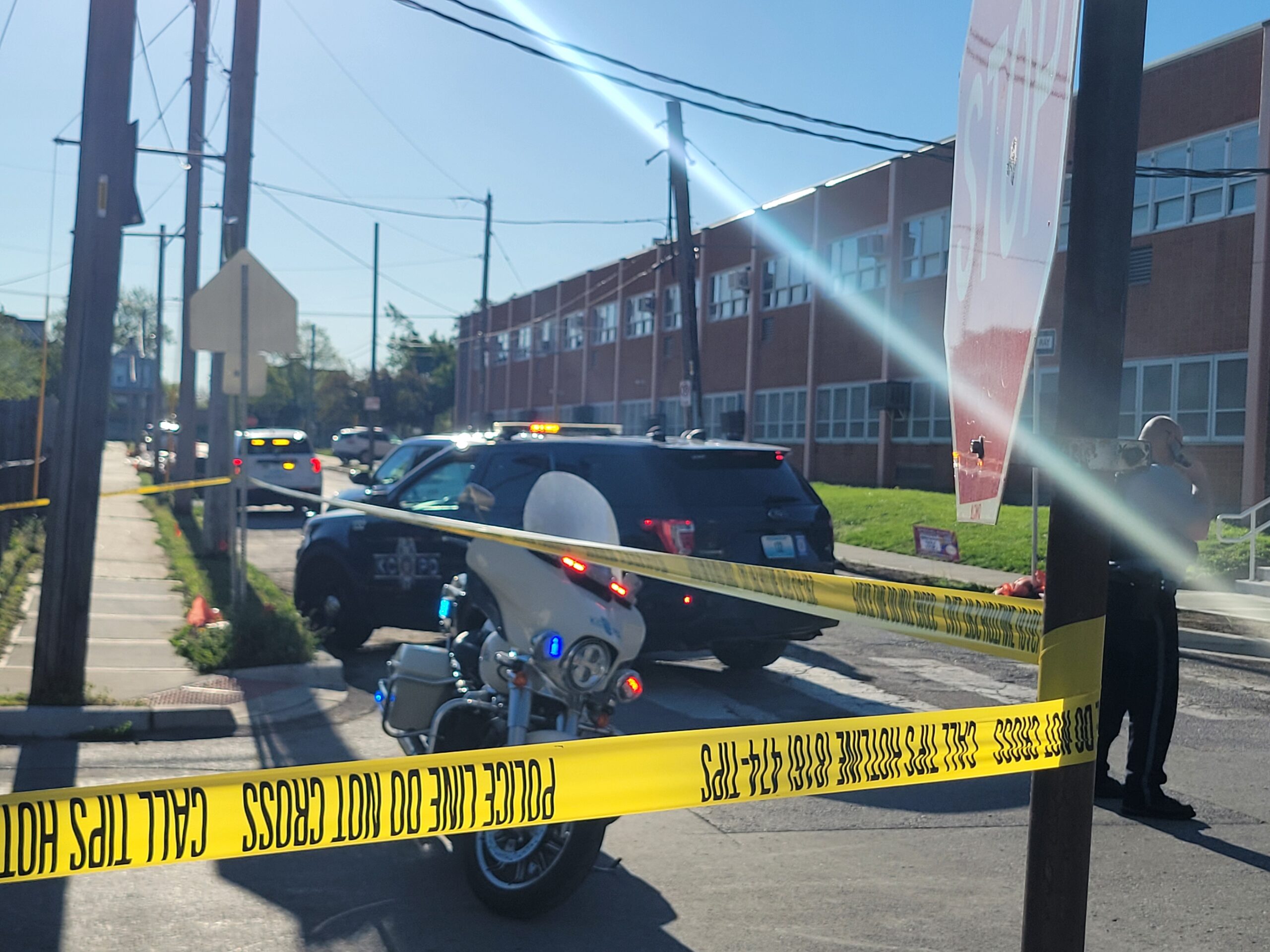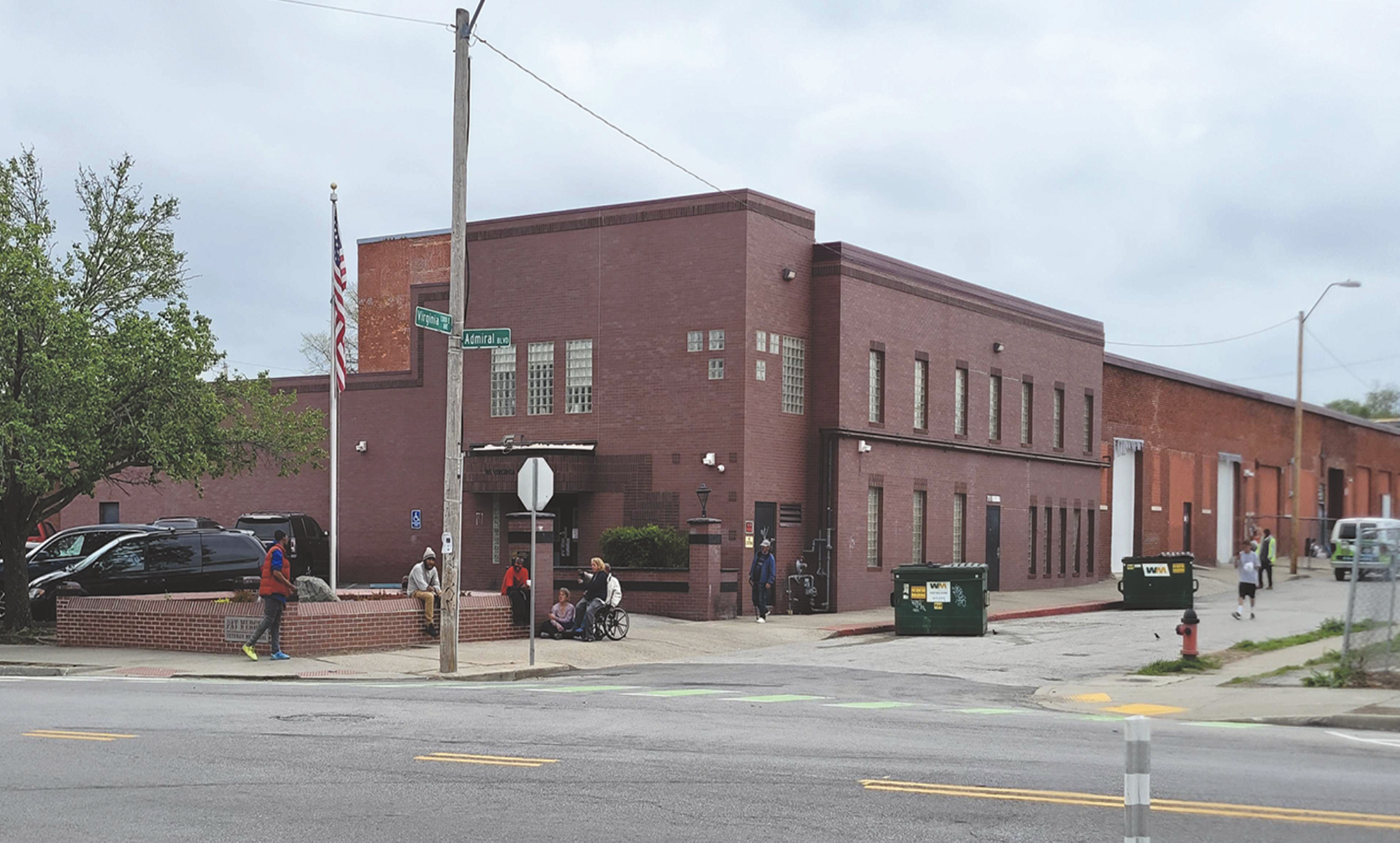Northeast News
April 13, 2017
KANSAS CITY, Missouri – Emotions ran high at City Hall on the afternoon of Thursday, April 13, as the City Council business session provided the forum for a passionate discussion about the fate of the Buck O’Neil Bridge.
No one wants a lengthy closure of the bridge, which would be required under a Missouri Department of Transportation (MoDOT) proposal to rehab the structure for roughly $49 million. Mayor Sly James called that plan the “least acceptable option” the City has, as it would affect the daily commute of tens of thousands of area drivers, potentially hinder discretionary travel throughout the city, and serve as a significant hindrance to the Charles B. Wheeler Downtown Airport, among other headaches.
“That is the main artery into our downtown business area, and it will suffer greatly during that two-year time frame,” said James.
A viable and timely alternative, however, doesn’t yet exist. That’s why the Council is expected to proceed with a resolution next week that would authorize City Manager Troy Schulte to pursue funding sources – in addition to the $49 million identified by MoDOT for bridge repairs – that could be utilized for the potential construction of an entirely new bridge. Mayor James believes that the City must consider its options before the State pulls the trigger on a rehab that would shut the bridge down for two years. Furthermore, James posited that there may be a solution that leverages external funding.
“Over the last two weeks I’ve heard at least three different proposed permutations of how this gets financed, and in just about all of them we’re the lowest dollar amount,” said James. “There’s all sorts of different pockets that this money can come from. They have to be explored, and we’re not even into the full exploration of those pockets yet.”
What’s clear is that repairs are necessary. On Thursday, KCMO Innovation Engineer Wes Minder outlined issues ranging from uneven expansion joints to significant rust build-up. Minder also laid out a litany of traffic concerns that are expected to spring up if the bridge is forced into a two-year closure for repairs.
“How much pain is the region willing to take? Is the region willing to take an extra 15 minutes for two years to get anywhere? Those are some of the hard decisions we’re going to have to take a look at,” said Minder.
When asked by 5th District Councilman Lee Barnes, Jr. who potential financing partners could be for the construction of a new Buck O’Neil Bridge, Minder named Gladstone and Riverside as two municipalities that might be targeted. Minder also indicated that the City of Kansas City, Missouri would want to be the last entity to put money on the table. Before that happens, Minder added, the City would expect the State of Missouri to offer a greater buy-in than the $49 million currently being discussed for repairs.
“If we go through this effort, we would expect the State of Missouri to throw in some more funding to get the job done,” said Minder.
Some Council members expressed serious concerns about allowing the City Manager to take the lead on an infrastructure project that should, for all intents and purposes, be led by the State – which owns the Buck O’Neil Bridge.
“I’ll just be very candid: we just had a presentation less than a month ago about how the City has failed to maintain our infrastructure assets,” said 5th District Councilwoman Alissia Canady. “We have roads and bridges within the City limits that the State has no responsibility in, that we haven’t maintained.”
4th District Councilwoman Katheryn Shields offered a similar sentiment.
“This is a State asset, and at least when I went out and talked to voters, I talked to them about the run-down and failed condition of City assets,” said Shields. “My pledge to them was that we would at least be able, with these dollars, to rebuild every major arterial road north and south of the river if they approved these bonds; which they then very generously did.”
A different perspective was offered by 1st District Councilman Scott Wagner, who argued that the resolution to pursue funding sources for the construction of a new bridge has become vital. Wagner described the sobering reality of what will occur if the City Council doesn’t take swift action to investigate its options.
“If we do have interest in a new bridge, we have to go through the environmental process. We have to start that process probably in three or four months in order to go through the two years that it will take to get that part done,” said Wagner. “If we don’t do that, then I will tell you, you will get a rehab of the bridge. That’s what will occur.”
Wagner continued with a breakdown of the nuts and bolts of the issue.
“If all we want is a simple replacement, the State will take the lead, they will shut the bridge down for two years, the issues that Mr. Minder has brought up in his presentation will occur; and if we’re fine with that, there you go,” said Wagner. “If on the other hand, it’s desirable to not have that length of closure, and if you want better operability along that area, then the City will have to come forward.”
The resolution is expected to be debated during the next Transportation and Infrastructure committee meeting, which is scheduled for Thursday, April 20 at 8:45 a.m.
– – – – – – – – – – – – – – – – – – – – – – – – – – – – – – – – – – – – – – – – – – – – – – – – – – –
The debate over the Buck O’Neil Bridge wasn’t the only infrastructure-related news to come out Thursday. Earlier that morning, KCMO City Manager Troy Schulte assured the City Council’s Transportation and Infrastructure Committee that the Kansas City Museum will be included among the first General Obligation Bond projects to be funded – and that the funding is expected to be finalized by ordinance or resolution by May 1.
“That will be one of the first 10 projects, because they’ve hired JE Dunn and they’ve already started work on the first $6 million worth of work that the City put in using the Kansas City Museum levy,” said Schulte. “We will put the next $7 million in, and then it’s just a question of how do we deal with that last $1 million of private fundraising.”
Schulte added that he hoped the City commitment of $7 million in G.O. Bond funds would give private investors additional motivation to help meet the fundraising needs and ensure that the renovation and restoration of Corinthian Hall can be completed by its end-of-2018 target date.
In general, Schulte indicated that the quick adoption of a G.O. Bond project resolution – and the subsequent flurry of activity throughout the city – would show voters that their faith in City Hall is not misplaced.
“I think it’s important that people see, when they give us a vote of confidence like they did with the bonds, that they see a response; that they see some activity out there,” said Schulte.



















